MENU
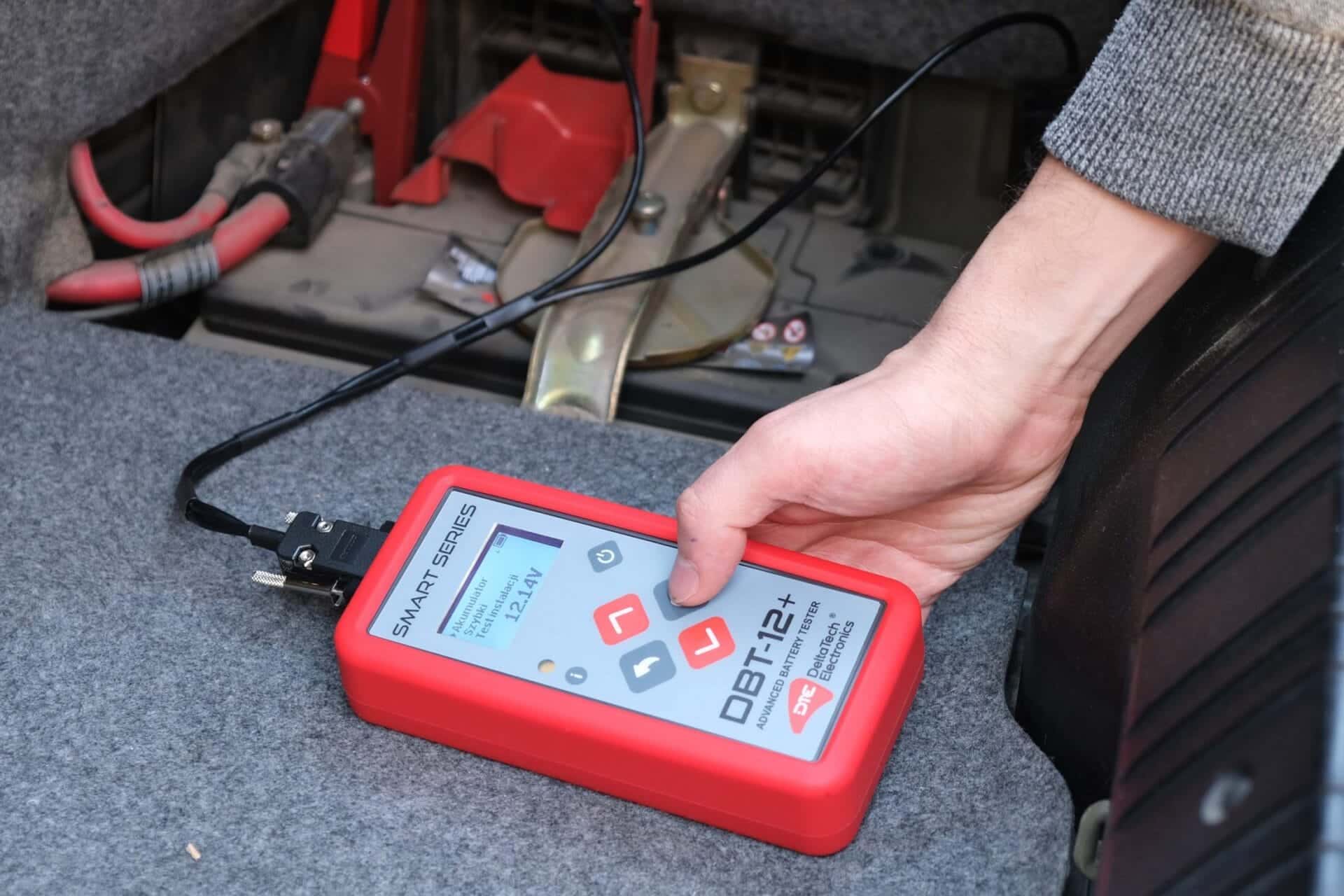
There is a wide range of battery testing equipment on the market representing different ways of testing batteries. There are many disputed opinions about which is the best one to trust. Very often the question is asked: why using different testers get different results for the same piece of battery? In this article, we will look at the available battery testing methods and try to explain where the differences in results come from.
We can check the battery in a number of ways – some of these methods are direct measurements of physical values, and some are indirect measurements, where the measured value is not obtained directly. Others, are indirect methods, involving the calculation of parameters that determine the efficiency of the battery. With each method, we will describe what battery diagnostics looks like based on the method and what to consider when comparing results.
The test of electrolyte density in lead-acid batteries is used to assess the degree of charge of the battery and indirectly its technical condition. The density of the electrolyte is directly proportional to the concentration of sulfuric acid, which is the energy carrier in the battery. The electrolyte in a fully charged battery has a density of approx. 1.28 g/cm3 (The density decreases with increasing temperature by 0.01g/cm3 for every 15°C. A lower density indicates an incomplete charge of the battery or may signal damage to the battery. When checking the density, remember to check that the electrolyte level is correct.
The advantage of testing the electrolyte is the simultaneous visual assessment of its condition and the ability to compare individual battery cells. For maintenance-free or sealed batteries, we have no way to measure the density of the electrolyte. In such cases, it may be necessary to use other methods to assess the state of charge of the battery, most often based on voltage measurement.
To measure it, use a special device: an areometer or refractometer. The areometer uses the buoyancy force acting on the float to determine the density of the solution. The refractometer, in turn, examines the refractive index, which also depends on the density of the acid. In both cases, the scale must take into account the specifics of the solution: there are instruments for testing battery electrolyte, coolant, windshield washer fluid, as well as universal ones with several scales. The accuracy of good quality areometers is at best ±0.005 g/cm3.
We can freely compare the density results among ourselves, since it is a measurement of physical value. There are much more accurate laboratory instruments of the same type that would allow comparison of available devices in terms of accuracy.
Measuring the voltage of a battery (typically a battery of 6 cells connected in series) is one of the simpler measurements we can make. For such a measurement you do not need expensive equipment, even an inexpensive multimeter will most likely be up to the task. If we want to do it right we need to remember the prerequisites: the battery should be pre-charged and then left disconnected for 24 hours and the voltage should be measured, which should be approx. 12.8V in the case of a battery with liquid electrolyte and approx. 12.9V in a sealed battery (e.g., VRLA).
This is how we should measure voltage, and how do we measure? Most often, the battery is left in the vehicle, where it is constantly loaded with a small resting load (are you sure?), and any action such as opening/closing the car generates short pulses of current of quite a large value. Under such conditions, we usually lower expectations by some 0.1 – 0.2V and the measurement will still be useful.
We can always compare the voltage values obtained, and there should be no problem finding reference instruments – a portable multimeter at a price of approx. PLN 1,000 will measure the battery voltage with an accuracy of a few millivolts, which will help resolve whether the instrument used in the workshop is accurate enough (0.5% is sufficient accuracy). This is much higher accuracy than that required by the current standard for battery testing.
The task of a starter battery is, as the name suggests, to start the engine, which from the battery’s point of view means providing a very large current for a very short time. A fully charged battery is of little use if it cannot provide enough current for the starter. Hence, many people value load testers that offer large load values (on the order of 200 – 600A), close to the inrush currents that can occur under real conditions.
Testing a battery under a heavy load is undoubtedly an authoritative method, but we need to keep a few details in mind. Testers of this type should be provided with an independent voltage measurement circuit, so that the voltage drop on the wire loaded with the test current does not affect the reading. The load current should be matched to the capacity of the battery. Carry out the load test carefully, keeping in mind the significant heating of the tester components. Usually, after the test, we should wait for the components that make up the load to cool down.
We can compare the results of the load test, as long as they were carried out correctly and under the same loading conditions. Keep in mind that factors such as temperature and degree of charge significantly affect battery performance. If the value of the load current was different then do not recalculate these values too hastily – battery cells have non-linear characteristics and voltage drops on their internal resistance do not increase in proportion to the current.
The rated capacity of a battery expresses the product of the discharge current and time and is given in ampere hours (Ah). Due to the nonlinear behavior of batteries (especially lead-acid batteries), the resulting capacity will be significantly lower at higher discharge currents. In the case of starter batteries, a value is given for the C/20 current, which is the current that discharges the battery completely in 20 hours. As you might guess, the indication of a specific discharge current is to ensure repeatability and the ability to compare different batteries.
There are specialized capacity testing devices on the market that discharge the battery with a preset current to a certain level. Their usefulness in testing starter batteries is limited due to the length of the procedure and the fact that capacity is not the most important parameter here. In addition, starter batteries have a short cycling life and excessive discharge shortens their life.
Testers based on measuring internal resistance are sometimes also called conductance testers (conductance is the inverse of resistance). There are two most common methods of measurement: one uses very short pulses of current of relatively large value. The second involves the use of alternating current of a much lower value and continuous nature. In this way, we actually measure the impedance (equivalent to resistance for AC). Why so? We mentioned that the internal resistance depends on the current we load the battery with. The example given in electrical engineering textbooks of a cell or battery as a series connected electromotive force and internal resistance is inaccurate for acid batteries. The impedance value of an acid battery, on the other hand, depends very little on the measurement current, so it is well suited for assessing the condition of the battery (but depends, for example, on the selected frequency).
This description seems complicated compared to the convenience and simplicity of working with a modern tester. We select the measurement standard, inrush current and after a few moments we have the result. But where did he come from? Even if the reader is not familiar with the technical details, he or she can confidently point out that to date, the battery’s inrush current has not appeared anywhere. Even the internal resistance does not appear directly as a measurement result.
How to determine the starting current of the battery given on the label is defined by the relevant standards. In Poland, the applicable and most common one is the European standard adopted in our country as PN EN 50342-1:2016-01. So if we want to compare the value on the label with the real one, we should perform a similar procedure. How do you go about it? In a nutshell, we need to cool the previously charged battery to -18°C, and then (after waiting the indicated time) we can perform a load test. The key point of the test is to apply a current equal to the value of the inrush current for 10 seconds. The test is passed if the voltage at the end of the test does not drop below 7.5V. What if it falls? We need to repeat the test, this time with less current. Using this method, we actually assume the result at the beginning and only get a yes or no answer. Each individual test according to the standard will take approx. 3 nights.
Would anyone like to test batteries in the workshop fully in accordance with the standard? Of course not. Such a test is too time-consuming and is not suitable as a routine battery check. Why then do all these testers show the current value according to EN or other standards? The answer is simple, although it will not satisfy everyone: testers calculate this value. Moreover, the standard itself does not specify how to perform such a conversion – manufacturers must use their own procedure.
Battery diagnostics with an electronic tester involves taking certain measurements such as voltage or impedance value or impulse response, and based on these (as well as other data, such as temperature information) the internal resistance is calculated, as well as the estimated starting capacity. So the fact that each tester shows slightly different is a natural consequence of the method. Of course, a particular tester may perform better or worse relative to the actual starting capacity (according to the standard), but they all do so on a calculated basis, with more or less error. Similarly, it is the case of detecting an internal short circuit or determining that the battery is or is not suitable for further operation – the signaling of these messages will depend on the algorithms and results of parameter comparisons. For example, if the values are close to the decision threshold – it may happen that the testers show different results.
Periodically checking the condition of the battery should be the normal practice of a mechanic. The choice of tools and methods depends on knowledge and preference. Not all measured values can be so easily compared, such as voltage or electrolyte density. Modern battery diagnostics using electronic testers is convenient and fast, but the result obtained is not obtained directly. It is only an estimate determined by the adopted model and measured parameters. Instead of focusing on a single battery test value, let’s look a little more broadly. Let’s perform available starting and charging tests, evaluating the alternator and detecting any problems with the starter. Battery diagnostics is not only a decision – good/to replace, but also part of the diagnostics of the entire electrical system of the vehicle.
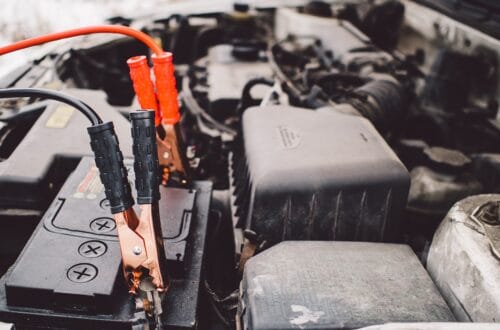
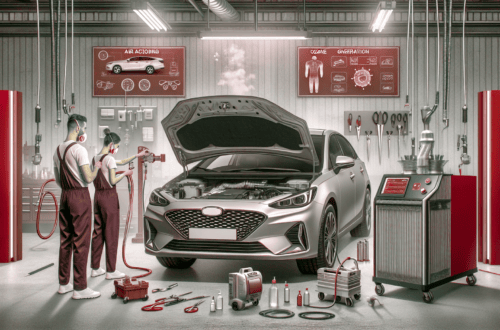
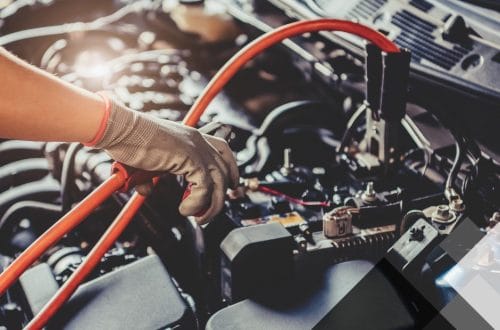
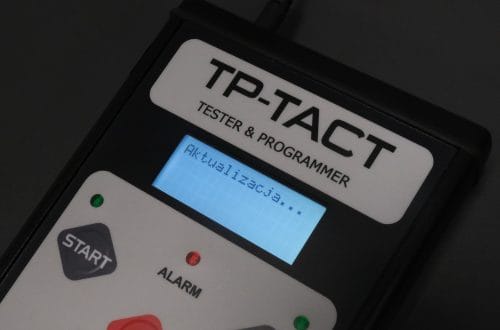
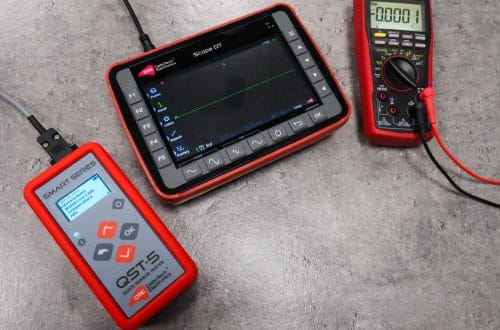
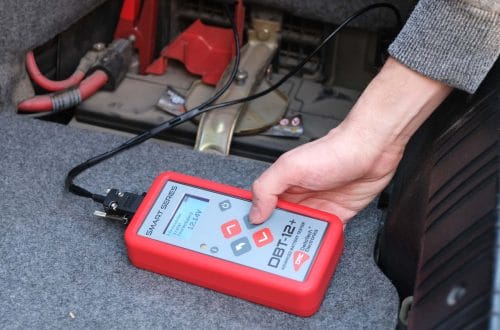
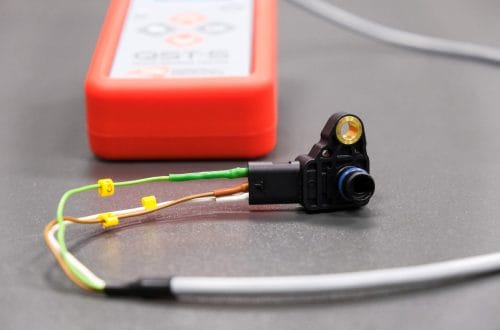
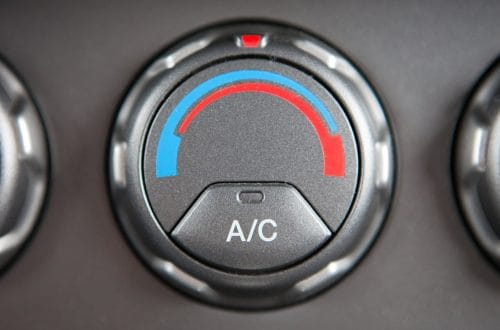

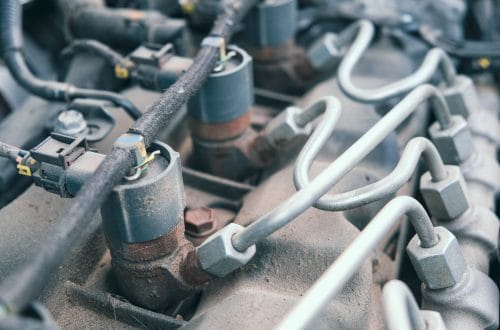
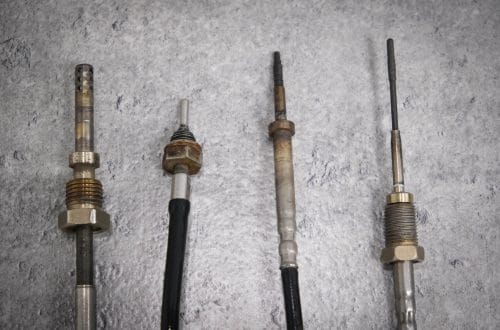



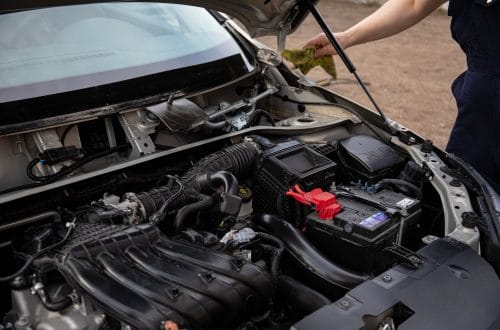
DeltaTech Electronics to polski producent i ekspert w branży automotive, który na bazie ponad 25 lat doświadczenia wyznacza trendy w innowacyjnej diagnostyce samochodowej.
To, co nadaje rytm naszej pracy, to wsłuchiwanie się w potrzeby klientów oraz śledzenie aktualnych problemów, z którymi mierzą się warsztaty samochodowe. Owocem tego jest oferta skrojona idealnie „na miarę” ich oczekiwań.
Cały cykl życia produktów od momentu projektowania rozwiązań, poprzez produkcję, kontrolę jakości i opiekę posprzedażową odbywa się w Firmie. Jakość tego procesu dokumentują liczne nagrody branżowe.
Naszą dumą jest szybkie wsparcie techniczne, polska jakość oraz setki zadowolonych klientów. Firma współpracuje z kluczowymi dystrybutorami w branży motoryzacyjnej.